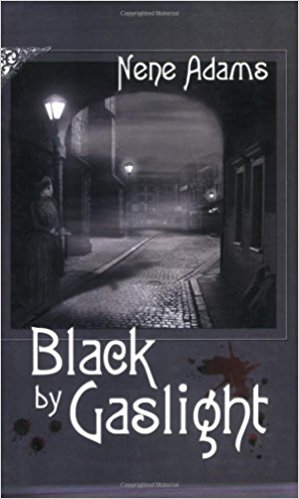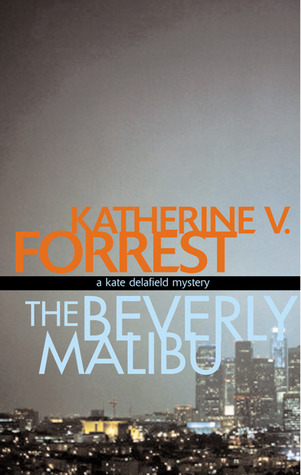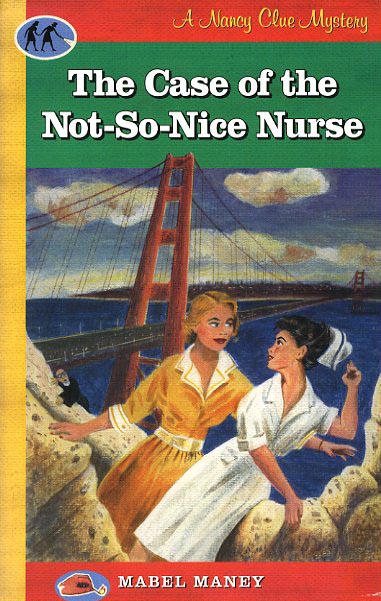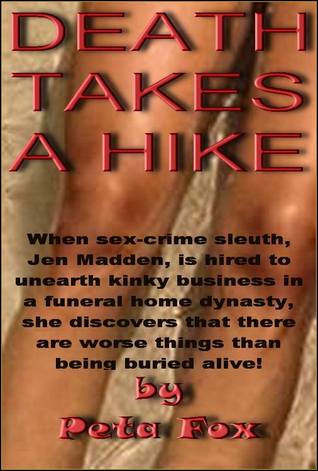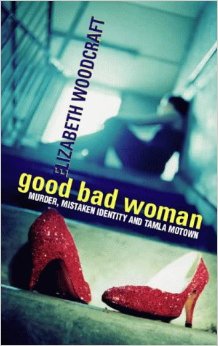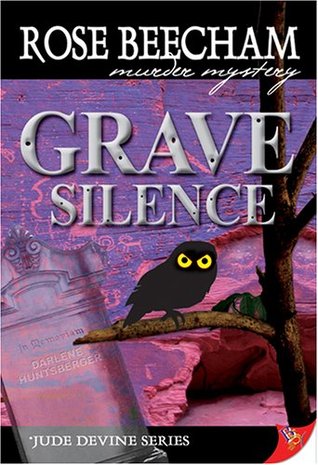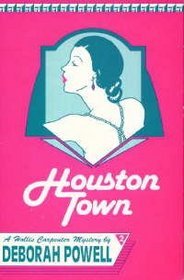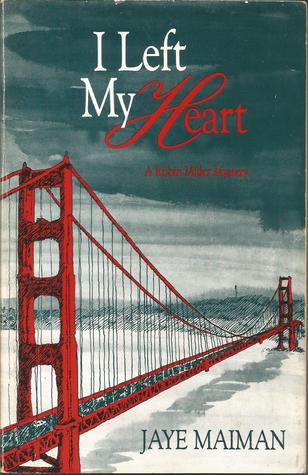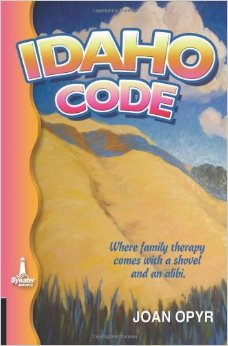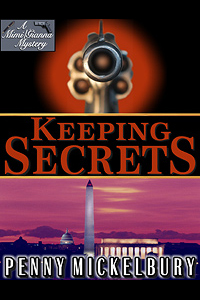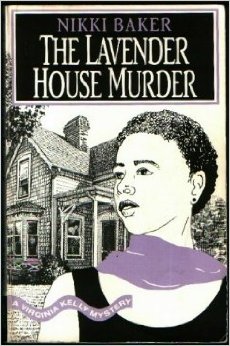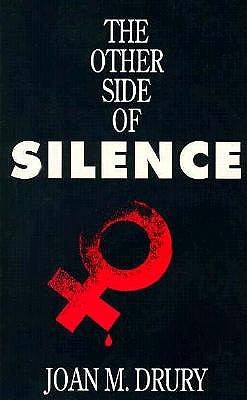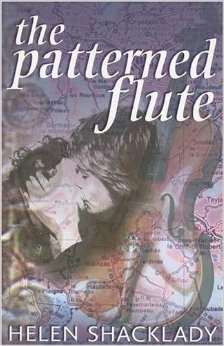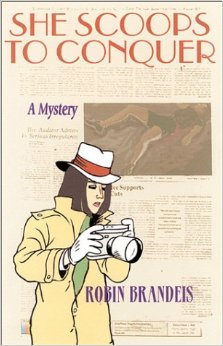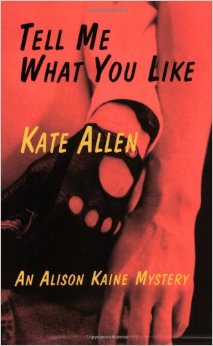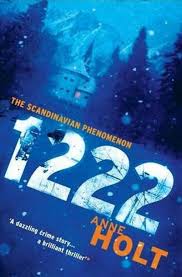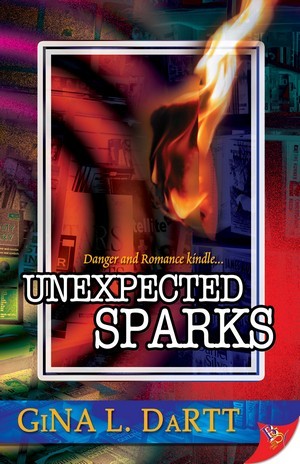 The Hounding (Shirley Combs/Dr. Mary Watson Series Book 1)
The Hounding (Shirley Combs/Dr. Mary Watson Series Book 1)
Pastiche: “a literary, artistic, musical, or architectural work that imitates the style of previous work.” For decades, the word pastiche was commonly used to refer to stories about Sherlock Holmes that were not written by A. Conan Doyle. Perhaps the most famous is The Seven-Percent Solution, which was a best seller for Nicholas Meyer in 1974. More recently, Laurie R. King (who also writes lesbian mysteries featuring Kate Martinelli) has created the Mary Russell Mystery Series, which features the iconic sleuth. Holmes also appears in Carole Nelson Douglas’ Irene Adler series. In fact, Amazon.com lists over 7000 paperbacks inspired by Holmes.
As far as the lesbian mystery genre goes, characters based on Holmes and Watson appear in Nene Adams’ Gaslight Series, Olivia Stowe’s Charlotte Diamond Series, Debra Hyde’s Charlotte Olmes Series. There is more than a subtle similarity to Holmes and Watson in Iza Moreau’s The XYZ Mysteries, with Xande Calhoun as Holmes and her sister Yolande as Watson. There are stories about Holmes and Watson as lesbians and Holmes and Watson as gay. Now, Sandra de Helen has become one of the latest pasticheurs with her series about Shirley Combs and her friend Dr. Mary Watson. In the first novel, The Hounding, neither character is either gay or lesbian, or even hetero. But we’ll get to that in a paragraph or two.
We don’t hear the word pastiche much any more. Today, it’s called “fan fiction.” I suspect that The Hounding began as fan fiction, and perhaps that’s why it isn’t as strong as it could be. For one thing, the author makes over 15 references to Sherlock Holmes himself. A couple of the characters joke about the Sherlock Holmes/Shirley Combs vocal similarity. And the language sometimes is just too Holmesian (despite the story being set in modern-day Oregon) to be anything but fan fiction. Here are a couple of for instances:
“I have been engaged by Miss Goldenhawk Vandeleur to enquire into the circumstances surrounding the death of her mother, Pricilla Leoin.”
“Only a slight upward movement of Shirley’s left eyebrow would have given away her surprise, and only an observer as keen as Shirley herself would have seen it.”
Now there’s nothing wrong with fan fiction, which may be the newest literary genre. In The Hounding, the writing is strong and the mystery is worthy of the master himself. In short, a woman is mauled by dogs, causing her to have a heart attack and die. But who set the dogs on her and where are they now? Shirley Combs, private investigator and portfolio analyst, takes on the job of finding the answer. But unless an author is actually writing about the real Holmes and Watson, it is not a good idea to stick too close to the original.
There is little backstory about either Shirley or Mary. Both consider themselves asexual and both live alone: Shirley in Portland, Oregon and Mary in nearby Lake Oswego. And neither, unfortunately, seems to have a very interesting personality. Of the two, though, it is Mary—the primary narrator—who has the most promise. It is she who gets an odd feeling when she sees an attractive woman and it is she who continually questions her strange relationship with Shirley. Shirley seems to question nothing.
And I can’t let this review go without discussing point of view. As you will remember, most—but not all—of the original Sherlock Holmes stories are narrated in their entirety by Watson, who sees all and hears all. Holmes includes him in his adventures just so that Watson is in attendance, not only as a friend, but as an observer. De Helen knows this well, but often finds it difficult to insert her Watson into the action, although this action is important to the story. Here’s how Mary Watson explains her ability to do it. Evidently, like Archie Goodwin in Rex Stout’s Nero Wolfe detective series, Shirley has a photographic memory and is able to give a thorough account of her outings, as when Mary says, “she dictated her word by word account for me.” Then Mary continues, “I use my creative license to add what I imagine to be the thoughts and emotions of all the players.” She adds later, “It’s easy to imagine what happened next.” This is one of the cleverest point-of-view ploys I’ve ever seen, but it’s still a glitch in the artistry.
But that’s enough skating around. As fan fiction, The Hounding is as good as most–as creative literature, not so much. But despite everything, it is an interesting and well-developed mystery. I recommend it for any Holmes/Watson obsessives.
 The Illustrious Client (Shirley Combs/Dr. Mary Watson Series Book 2)
The Illustrious Client (Shirley Combs/Dr. Mary Watson Series Book 2)
One of the many good things about this, the second novel in the Shirley Combs/Dr. Mary Watson series, is that it stands alone very well. Conversely, perhaps the best way to review this novel is by contrasting it to its predecessor.
Let’s start with the Holmes/Watson comparisons. In the first book, de Helen refers to the original iconic detective no less than 15 times. Well, guess how many comparisons she makes this time? Answer: zero. What this means is that the author has become more confident in her talents and more creative in her thinking. Ditto about her “explanations” about inconsistent point of view. Although her narrative shifts once or twice from Dr. Watson to omniscient, the author genuinely tries to stay within Watson’s experience. Not perfect, but a vast improvement.
The plot is fairly complex, as was the previous book’s. Shirley is hired to dissuade a famous young pop star, Oceane, from her romance with international playgirl Zaro, who was once (while disguised as a male) a soldier in the Afghan army. But when Zaro is attacked with acid, the sleuth’s job becomes one of finding the culprit. Although, as I said, the story is a good one, the main merit of this book is the growth of Mary Watson. Although in the first book there were a couple of exquisitely tiny hints that Mary might not be quite as asexual as she believes, in this book she discovers, quite by surprise, her lesbian identity. Although from puberty, she assumed she was simply asexual, she suddenly found that “something had awakened in me,” when she met real estate agent Beth Adams. The idea of a romance—maybe even a sexual relationship!—causes her to gush, “I was excited to the point of near-hysteria.” This is really good stuff: details that are all-too-rare in lesbian fiction, although we have all been there.
A touch worth noting, Shirley’s new “administrative assistant” has the greatest first name in lesbian literature: Lix. Hopefully in the next book we will learn her last name and some backstory. And maybe some more about Shirley, too. Or maybe Lix and Shirley will get it on. Whoo weee. I can’t wait. And Lix should get her own series. You heard it all here first.
Finally—and I rarely comment on this—the formatting of the e-book for this novel is the most sophisticated I have ever seen. And I’ve seen a lot. It may presage the day when e-books can look identical to print versions.
Negatives? Well the POV thing is still a little glitchy, as is Shirley’s lack of real individuality. And now that Sherlock himself is absent from de Helen’s pages, maybe it is time to stray from rewriting actual or nearly actual Conan Doyle titles.
Bottom line, give this one close to a 4; it is certainly worth a read. With the author continuing to hone her talents, I am looking forward to the next one.
For more than 250 other Lesbian Mystery reviews by Megan Casey, see her website athttp://sites.google.com/site/theartofthelesbianmysterynovel/ or join her Goodreads Lesbian Mystery group at http://www.goodreads.com/group/show/116660-lesbian-mysteries

